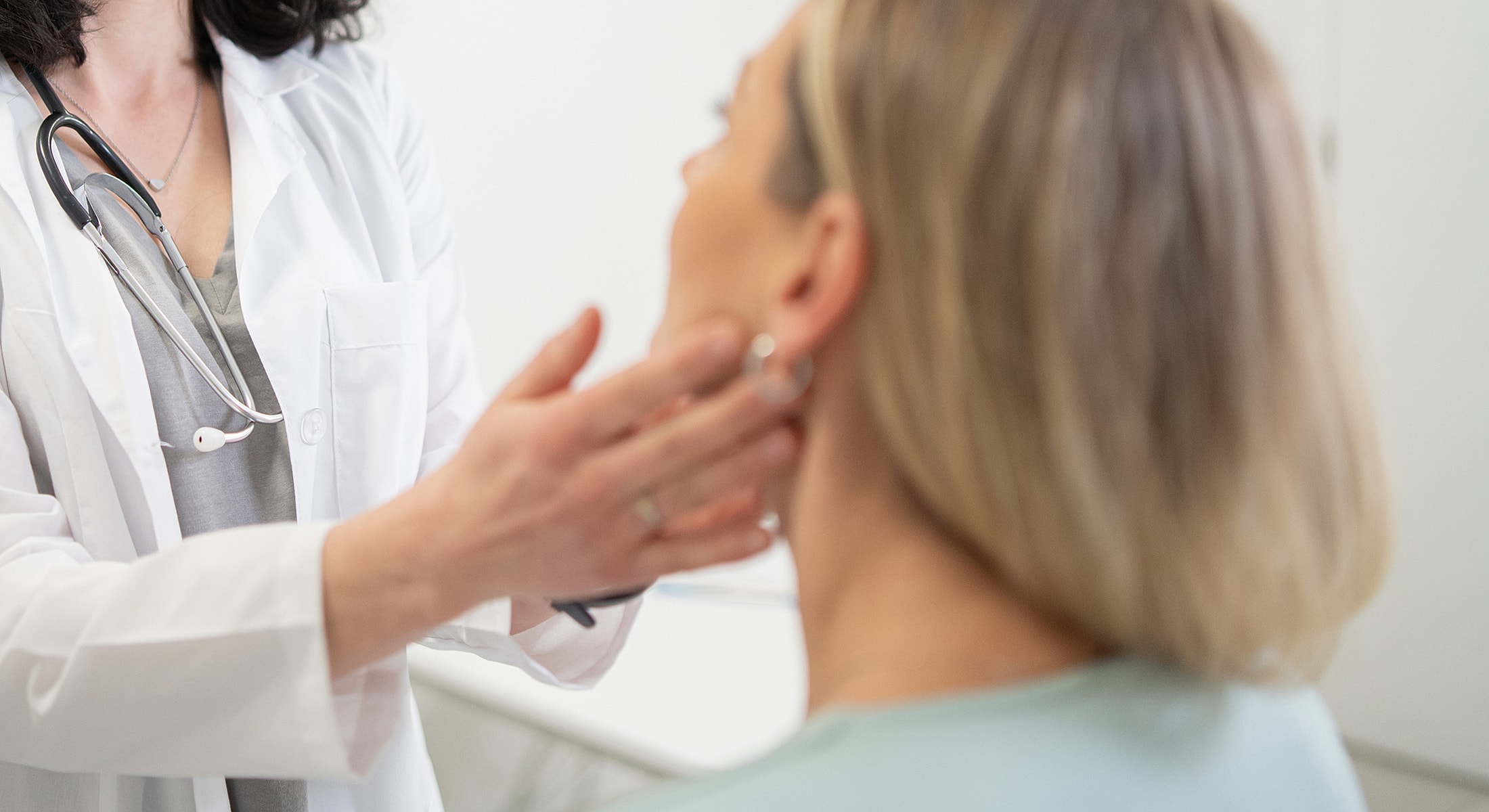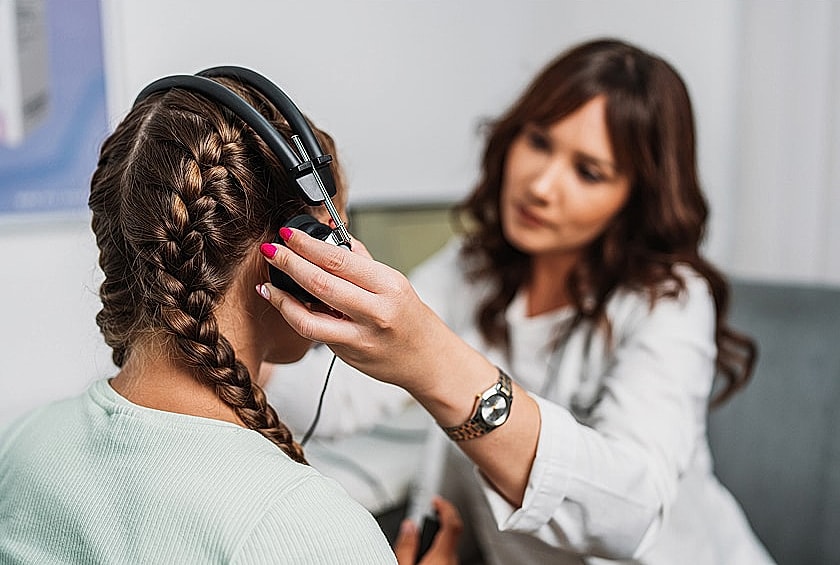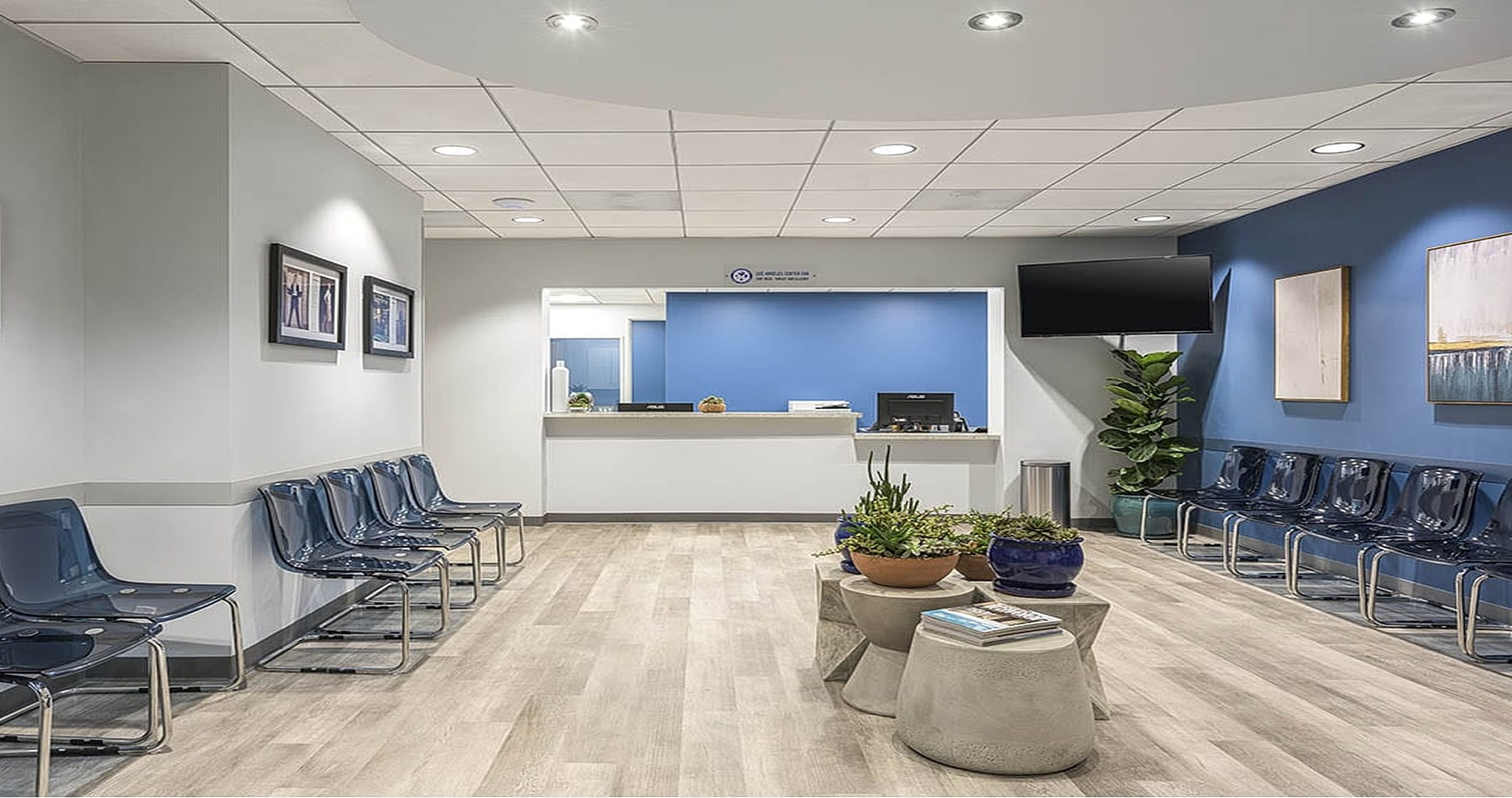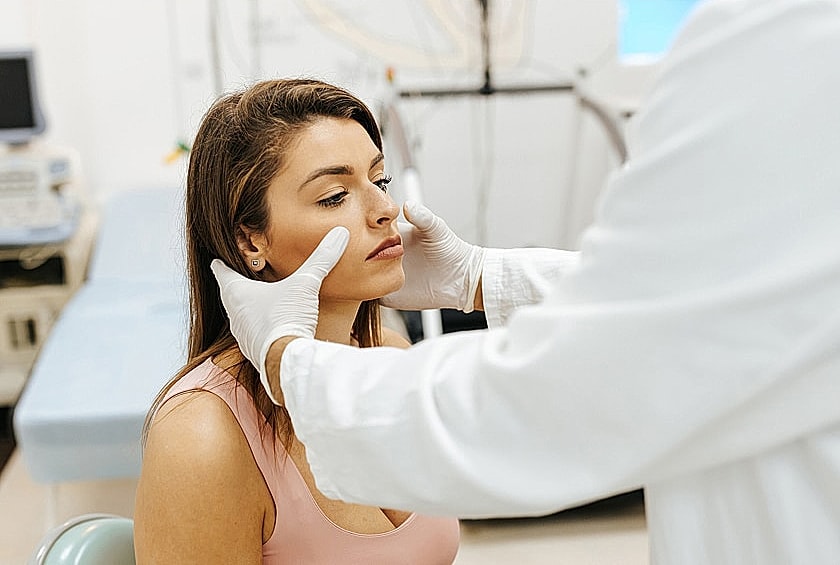Sialendoscopy is a minimally invasive procedure that gently removes salivary gland stones and blockages, reducing swelling and discomfort while preserving gland function.

















The salivary glands are essential for maintaining oral health and aiding in digestion by producing saliva that lubricates food and protects the teeth. When these glands become blocked, infected, or inflamed, it can lead to swelling, pain, and challenges with eating or speaking. In the past, these issues often required invasive surgery, sometimes involving the removal of the gland and a lengthy recovery period.
At SoCal ENT, we provide sialendoscopy, a modern, minimally invasive technique that preserves the gland while effectively diagnosing and treating salivary gland conditions. With the use of a tiny, high-definition endoscope, our ENT specialists can identify and remove obstructions, treat infections, and restore healthy saliva flow, offering fast relief with less discomfort and minimal recovery time.





Sialendoscopy is a gentle, minimally invasive procedure used to identify and treat obstructions or infections within the salivary glands. It involves the use of a slender, flexible scope equipped with a light and high-definition camera, allowing for detailed visualization and precise navigation through the salivary ducts.
Unlike traditional surgical methods that may require removal of the gland, sialendoscopy helps preserve normal gland function and saliva flow. The procedure is typically performed through the natural duct opening or with a small incision inside the mouth, resulting in less discomfort, minimal scarring, and a faster recovery.
Sialendoscopy Step-by-Step:
Sialendoscopy is a highly effective solution for a range of salivary gland issues, including:
By treating these conditions with sialendoscopy, we can relieve painful symptoms, restore natural saliva flow, and reduce the risk of further gland damage.

Compared to traditional salivary gland surgery, sialendoscopy offers several key benefits:
With advanced tools and real-time imaging, this procedure delivers targeted, efficient care, without the extended downtime of traditional surgery.

You may be a strong candidate for sialendoscopy if you have:
During your consultation, our ENT specialists will carefully assess your symptoms and review imaging results to decide whether sialendoscopy is the most effective treatment for your condition.

Sialendoscopy is a minimally invasive procedure, meaning recovery is typically fast. Most patients are discharged the same day and can resume normal activity within a few days to a week. Because the procedure is performed through the natural opening of the salivary duct inside the mouth, there are no external incisions or significant scarring. Patients generally experience only mild pain and temporary gland swelling post-operatively, which is usually managed with over-the-counter medication.
Sialendoscopy has a very high success rate for resolving obstructive salivary gland diseases like salivary stones (sialolithiasis). The key benefit of sialendoscopy is that it is a gland-preserving technique, successfully clearing the obstruction and restoring normal salivary gland function, thus preventing the need for more invasive surgery to remove the entire gland. Patients often report immediate relief from the painful, recurrent swelling associated with the obstruction.
No, the sialendoscopy is performed with general anesthesia and does not cause pain. Discomfort during recovery is typically mild.
Overall procedure time can vary, but typically sialendoscopy takes about 45–60 minutes to perform.
Patients often resume work or regular activities within a few days. Depending on the extent of the procedure, some patients may need slightly longer to recover.
Possible risks including minor bleeding, infection, or recurrence of the blockage. Sialendoscopy has a much lower risk of complications than traditional salivary gland surgery.
Many medical insurance plans cover it. Our team will ensure you get the maximum amount of coverage available to minimize your out-of-pocket cost.